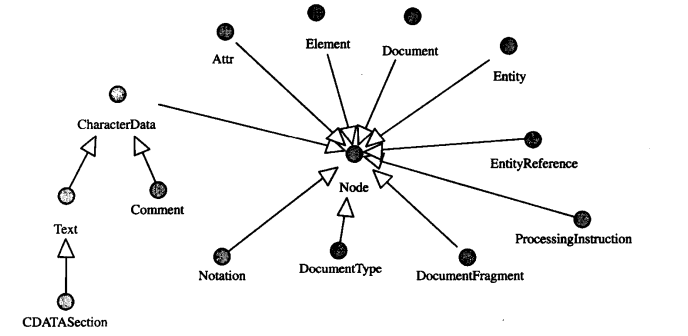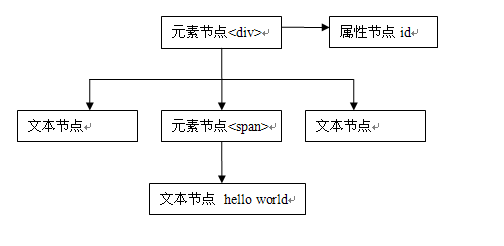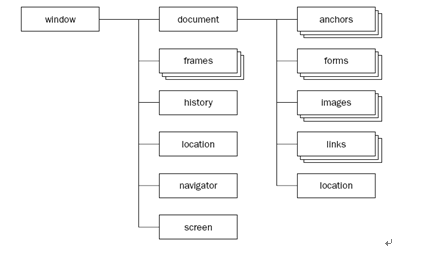
Let’s take a look at a picture first:

Explain:
Core (ECMAScript): defines all objects, properties and methods of the scripting language
Document Object Model (DOM): HTML and XML API
Browser Object Model (BOM): Access operations on browser windows
Now let’s talk about each component in detail:
About ECMAScript
ECMAScript’s job is to define syntax and objects, ranging from the most basic data types, conditional statements, keywords, reserved words to exception handling and object definitions.
Objects defined in the ECMAScript category are also called native objects.
In fact, it is a set of interfaces that define grammatical rules, which are then implemented by different browsers. Finally, we enter programs that comply with grammatical rules to complete application development requirements.
About DOM
According to the definition of DOM (HTML and XML application programming interface), it can be seen that DOM consists of two parts, the DOM for XML is DOM Core and the DOM for XML HTML's DOM HTML.
What are the differences and connections between DOM Core and DOM HTML?
The core concept of DOM Core is Node. DOM will regard different types of elements in the document (here, elements do not specifically refer to tags such as



 Else usage in Python loop structure
Else usage in Python loop structure
 A complete list of idea shortcut keys
A complete list of idea shortcut keys
 Is the success rate of railway 12306 standby ticket high?
Is the success rate of railway 12306 standby ticket high?
 How to hide IP address on TikTok
How to hide IP address on TikTok
 What language can vscode be written in?
What language can vscode be written in?
 How to install printer driver in linux
How to install printer driver in linux
 How to solve securecrt garbled code
How to solve securecrt garbled code
 How about n5095 processor
How about n5095 processor
 How to solve the problem that Win10 folder cannot be deleted
How to solve the problem that Win10 folder cannot be deleted




